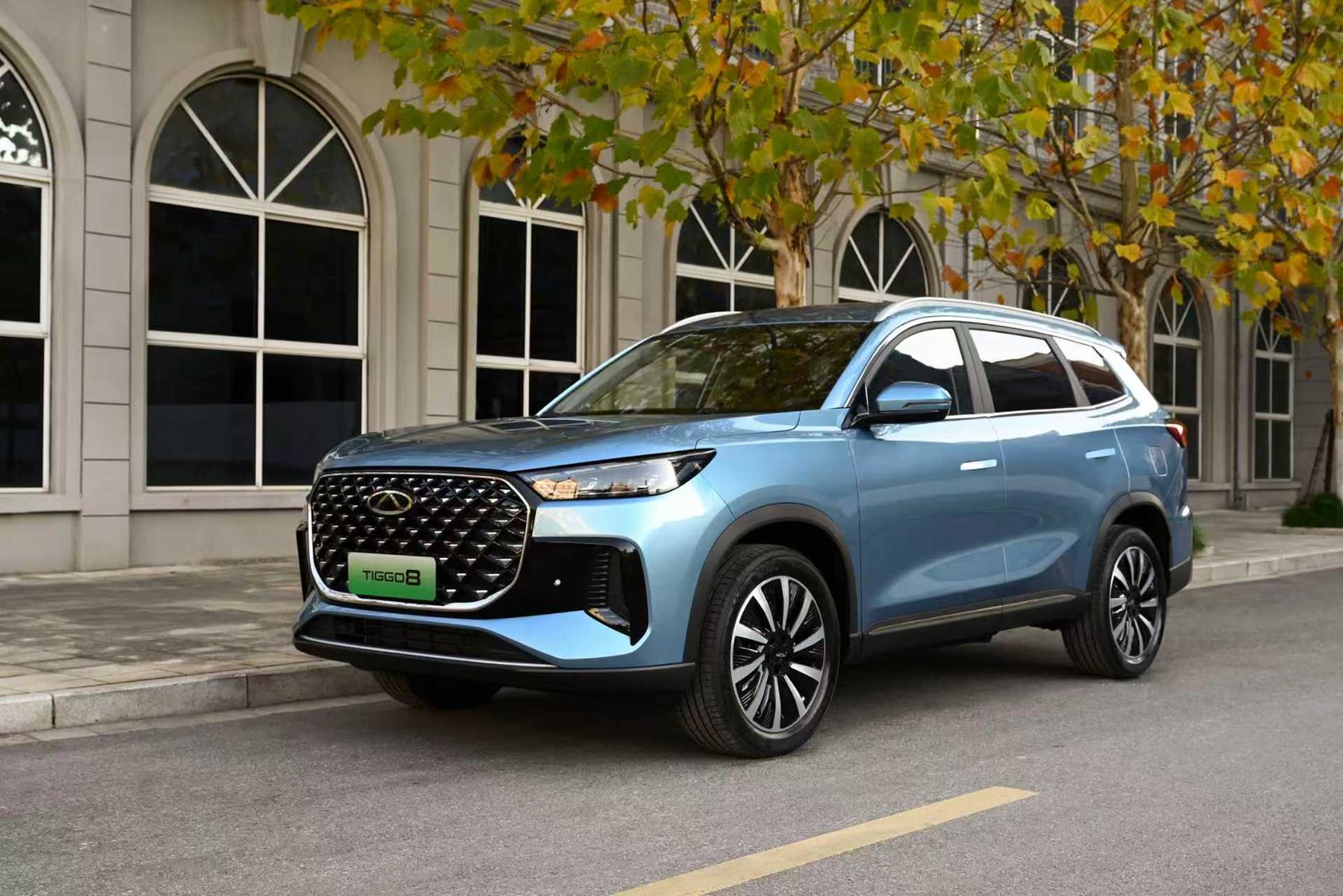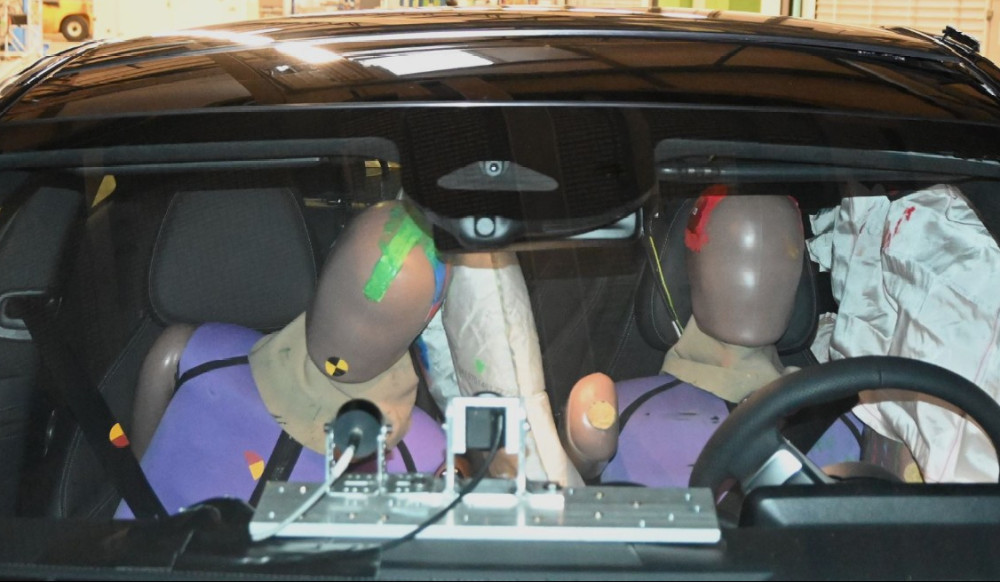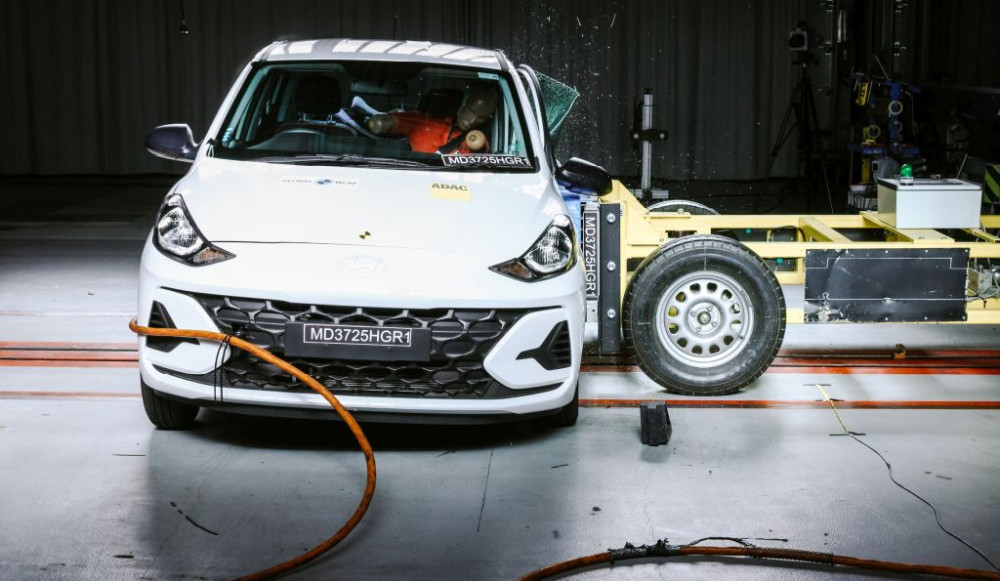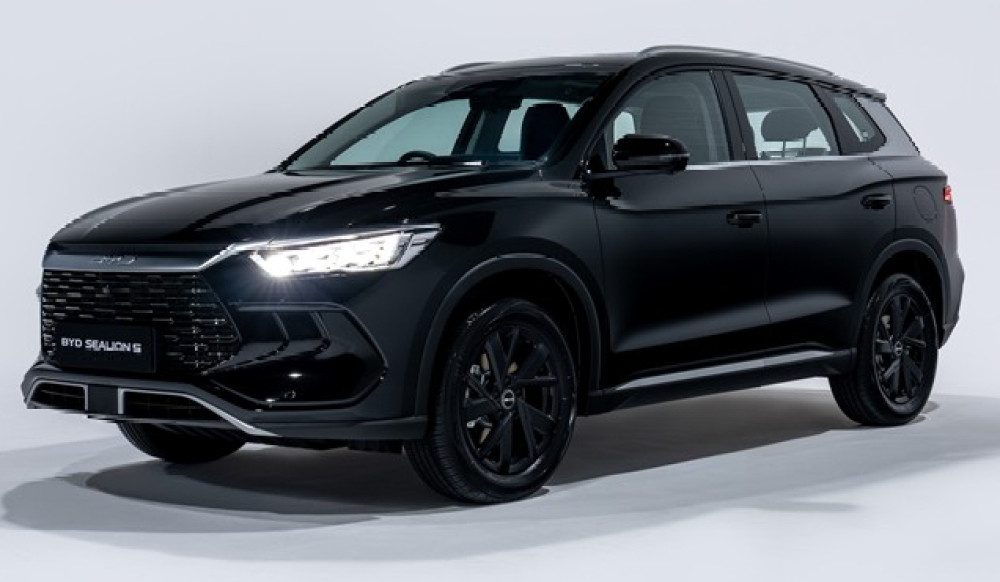COEGA – At the SA Auto Week conference, naamsa: The Automotive Business Council (naamsa) issued an urgent call for the accelerated review of South Africa’s cornerstone automotive policy: the Automotive Production and Development Programme (APDP), also known as the South African Automotive Masterplan (SAAM) 2035.
This isn’t just a matter of administrative housekeeping—industry leaders are genuinely concerned ongoing policy delays and fierce international competition are threatening to undermine South Africa’s historic leadership as Africa’s primary vehicle production hub.

Looking for a safe car for a student then click here
Originally, the official midterm review of the SAAM 2035 was penciled in for 2026. But after discussions earlier this year with then-Minister of Trade, Industry and Competition, Ebrahim Patel, it was agreed that the timeline should move up to 2025 due to mounting pressures. Despite this agreement, Naamsa has expressed deep frustration that, by October, virtually no tangible progress had occurred.
A critical first step—appointing consultants to steer the review—remains unaddressed. This sort of delay is particularly troubling given the pace of change in the global automotive landscape. A key rationale for pushing up the review is that the SAAM’s objectives, set in 2018, are now out of sync with the realities of today’s global auto industry.
Consider the seismic shifts since then: major markets like the UK and European Union have announced looming bans on internal combustion engine (ICE) vehicles; meanwhile, the COVID-19 pandemic has upended supply chains and consumer demand worldwide. South Africa’s domestic vehicle market is only now climbing back to pre-pandemic levels—a stark reminder of the years lost to economic disruption.

Need finance – click here for the very best finance deals for your new car
Naamsa maintains the foundation of the APDP remains robust, providing a crucial framework for driving investment and supporting job creation in an industry that is essential for South Africa’s broader economic health. That said, the association is adamant the policy needs targeted refinements rather than wholesale reform. The objective should be to ensure the masterplan is truly “fit for purpose”—capable of supporting those segments of the value chain where South Africa can genuinely compete on a global scale, such as manufacturing components for New Energy Vehicles (NEVs).
Importantly, stimulating local demand for NEVs is seen as critical: without it, the country risks becoming a net importer, which would diminish the sector’s economic contribution and, by extension, the broader manufacturing base.
Complicating these efforts are a host of structural challenges within South Africa itself. Infrastructure bottlenecks in ports and railways, escalating crime, and surging operational costs all add significant headwinds. Electricity prices, for example, have soared at rates four times higher than inflation, while port tariffs are on track to rise threefold relative to inflation. These cost burdens are particularly problematic given intensifying continental competition.
Take Morocco: the country aims to produce one million vehicles by 2025—a target South Africa set for 2035. Morocco’s ambitions are backed by substantial investment, as illustrated by the recent announcement of a $5,6-billion (about R100-billion) electric vehicle battery gigafactory.
Meanwhile, South Africa is grappling with disinvestment, most notably the closure of a Goodyear tyre plant after 78 years in operation, resulting in the loss of 900 jobs. Egypt, not to be outdone, has attracted a $1-billion (roughly R18-billion) investment for a new tyre facility.

We’ve got you covered – for the best insurance deal click here
The gap in proactive policy is further highlighted by the stalling of South Africa’s NEV roadmap. Despite explicit support from the president for including hybrid vehicles in local manufacturing incentives, little concrete progress has materialized. In sharp contrast, Ethiopia has leapfrogged ahead with more than 100 000 electric vehicles on its roads—while South Africa lags behind with a figure barely over 4 000.
Naamsa’s warning is unambiguous: without urgent, deliberate intervention to modernize the automotive masterplan, South Africa could lose its position as the continent’s leading vehicle producer as soon as this year.
The stakes are high—the continued success of the automotive sector underpins not just jobs and investment, but the overall stability and long-term growth trajectory of the South African economy. In sum, the industry is at a crossroads. The urgency for policy action is not just about staying competitive; it’s about safeguarding South Africa’s industrial future and ensuring the country maintains its pivotal role in Africa’s rapidly evolving automotive landscape.
Colin Windell for Colin-on-Cars in association with
proudly CHANGECARS












